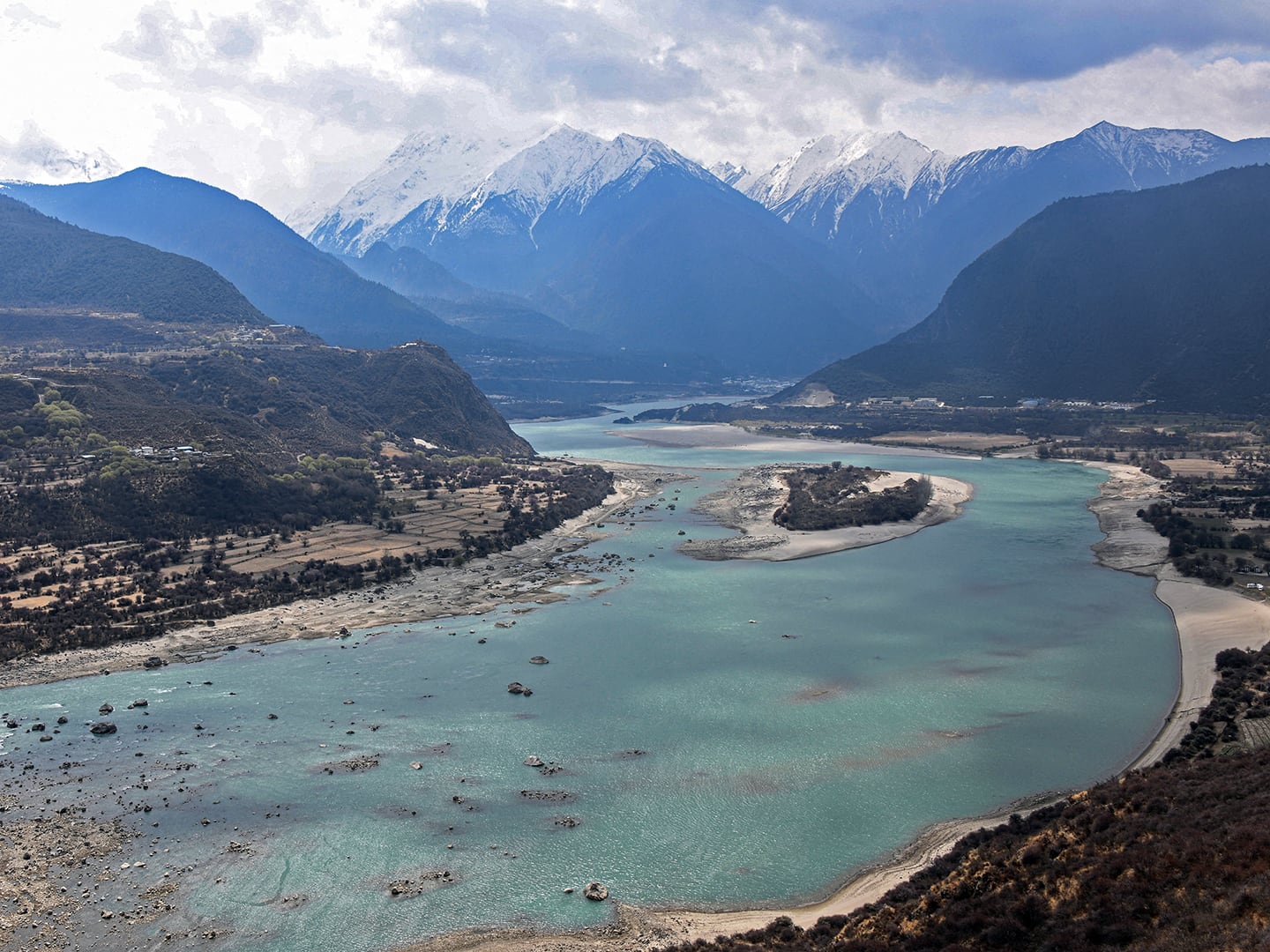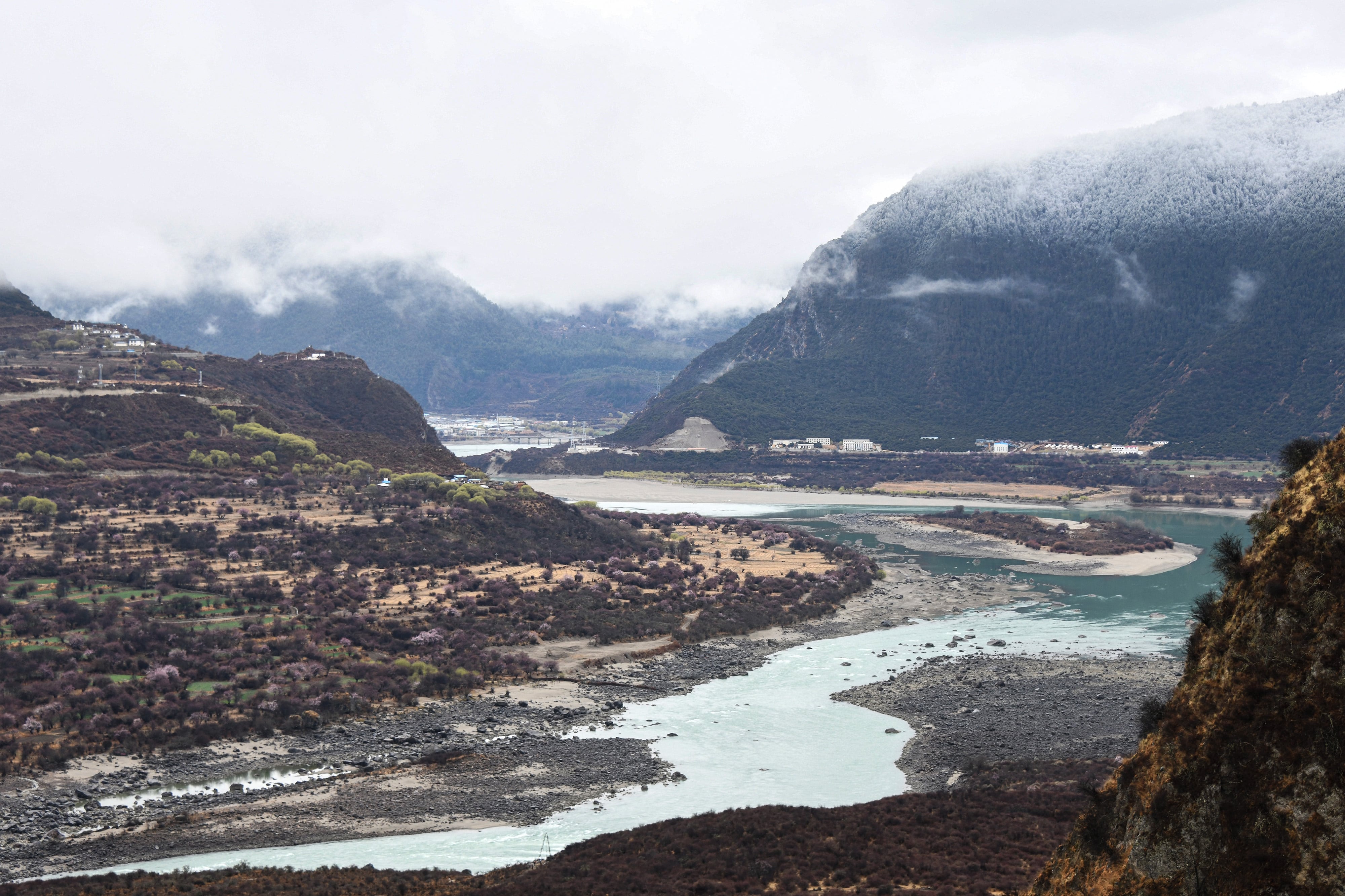China has started to build a massive dam on Tibet’s longest river, a move approved by the central government in December despite concerns by India, Bangladesh and Tibetan rights groups about its impacts on residents and the environment.
The structure is expected to cost more than 1 trillion yuan (US$137 billion). Once completed, it would be the world’s largest hydropower dam, generating 300 billion kilowatt-hours of power annually, about three times the power of China’s Three Gorges Dam, Xinhua, a state-run news agency, reported last year. Operations are expected to begin sometime in the 2030s.
Premier Li Qiang attended a commencement ceremony with other officials in Nyingchi in southeastern Tibet over the weekend.
Xinhua reported that the electricity generated “will be primarily transmitted to other regions for consumption, while also meeting local power needs in Tibet.”

The river is known as Yarlung Tsangpo in Tibet, Brahmaputra in India, and Jamuna in Bangladesh. It flows through all three areas from its origin in the glaciers of western Tibet.
Climate activist and researcher Manshi Asher told RFA in December that there is “substantial evidence” of negative impacts from hydropower projects in the Himalayas.
“This project will undoubtedly alter the environmental flows of the river,” Asher said. “The larger the dam, the greater the impact on the river flows.”
Neeraj Singh Manhas, a special adviser on South Asia at Parley Policy Initiative in South Korea, said in December that the dam could affect agriculture, hydropower generation and drinking water availability in India.
“Seasonal changes in water discharge could exacerbate floods or intensify droughts downstream, undermining livelihoods and ecosystems,” Manhas said.
Over the weekend, the Chinese premier said that special emphasis “must be placed on ecological conservation to prevent environmental damage,” according to Xinhua.
China has built an estimated 22,000 large dams to help fuel decades of rapid industrialization and economic growth — about 40% of the world’s total.
Includes reporting from Agence France-Presse and Reuters.


